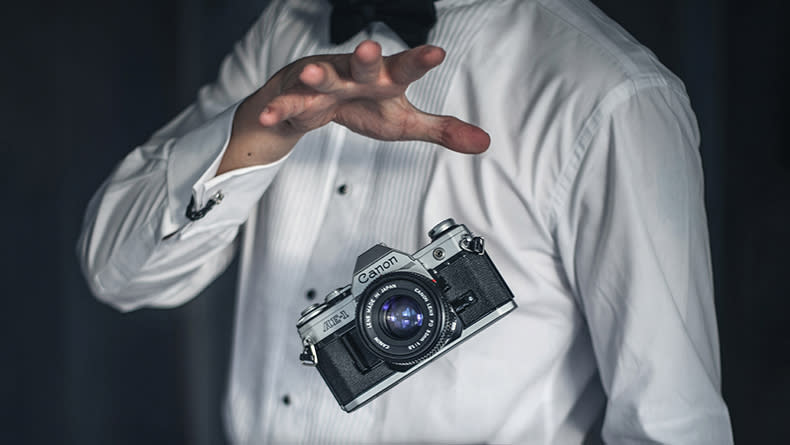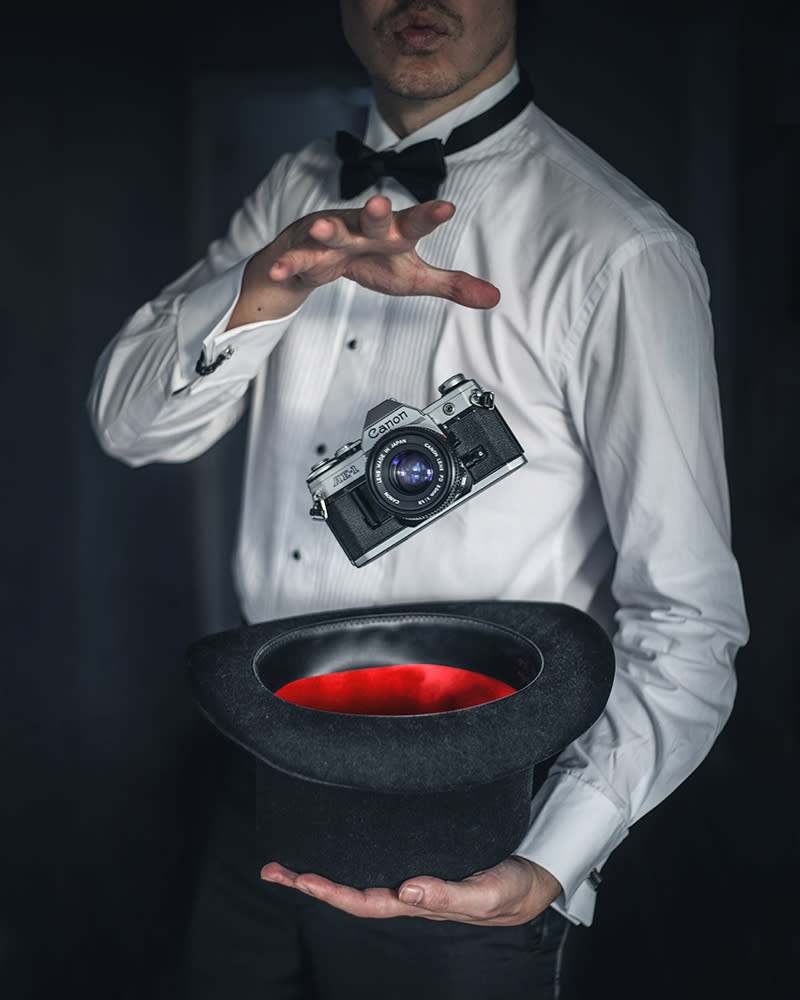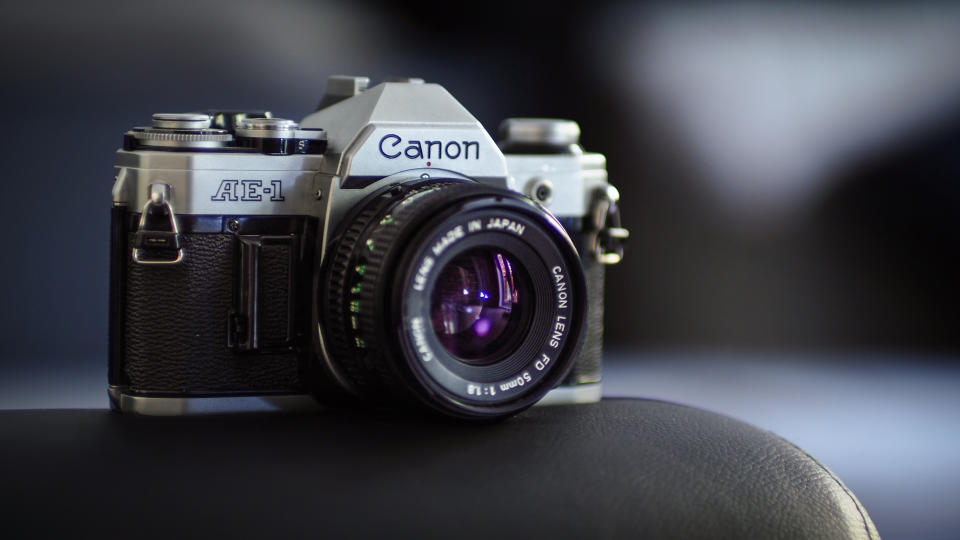The Canon AE-1 was my gateway drug to a photography career

I'm not the only person for whom the Canon AE-1 was their first camera. It was, after all, one of the best-selling and most ubiquitous cameras ever made. However, it was more than just a first camera to me; the AE-1 was my gateway drug not just to taking photographs, but to making photography my career.
I'd always coveted my dad's Canon AE-1, in its handsome steel flight case with flashgun, power winder, 50mm prime and telephoto zoom lens. I also coveted the beautiful book, The 35mm Photographer's Handbook (by Julian Calder and John Garrett), in its snazzy plastic jacket styled after a strip of film.
• These are the best film cameras ever made – including the AE-1!
Thankfully, when I left home after graduating college, he gifted them both to me. And so I wondered off, with the world's most comprehensive manual to a camera I had no idea how to use. But boy, was that Canon AE-1 beautiful – and I wanted so dearly to take beautiful images with it.
Truth be told, while I love the process of shooting film, I'm glad that film is a thing of the past. Young photographers today, for whom film is niche and exotic and a fun passtime, romanticize film photography. But for those of us who grew up when it was the norm, the only option to create a picture, to be liberated from it is a joy.
Still, learning how photography works on a Canon AE-1 was a gift (literally). All manual everything, so your camera craft had to be sound. Thirty-six exposures, so you had to be mindful and efficient. Locked-in ISO sensitivity, so you had hard limitations to work within – and you knew what you could and couldn't get away with.

Mirrorless is the death of all that. Your camera craft can be crap, but image stabilization and autofocus will save you. You can slap a 1TB card in the slot, so you can take a thousand shots and one of them will probably be decent. You can shoot in RAW, so your settings can be disastrous and Photoshop will still rescue your exposure.
But turning pro in the mirrorless age, having cut my teeth in the film era, made all the difference. When I started working for Olympus (fittingly enough, my second ever SLR was an Olympus OM-10) I chose 1GB memory cards, because that "36 or bust" mentality in a professional environment is still crucial – nobody pays you more to overshoot.
Learning how to expose properly still mattered, because we were doing test shoots and ad campaigns using pre-release and prototype cameras. Adobe Camera RAW wouldn't be updated until the bodies went on sale, so we had to shoot everything in JPEG. Billboards, magazine adverts, everything we was a JPEG – so you had to get the exposure right.
Years later, when I'd interview famous photographer (and infamous photographers, like Stephen Berkoff), the Canon AE-1 would often come up as a reference point when discussing first cameras or the glory days of the industry, too.
So today, as that camera sits loved but largely unused on my shelf, I am forever grateful to that shiny hunk of silver and black – which continues to inspire me every time I look at it. Even to the point where, if I'm not shooting with it, I want to make it the subject of a shoot – like I did with the photos above (taken with its great grandchild, the Canon EOS R).
Thank you, Canon and the AE-1, for leading me to and guiding me down the path I'm privileged to walk today.

The SLR has had its day, but these are the best Canon cameras of today – both DSLRs and mirrorless – along with the best Canon RF lenses and best Canon DSLR lenses.

